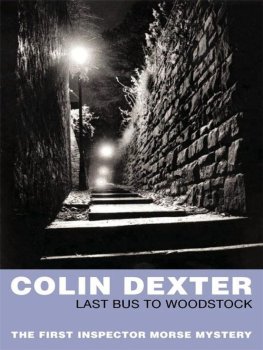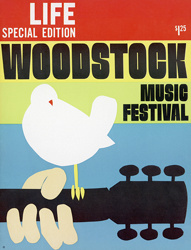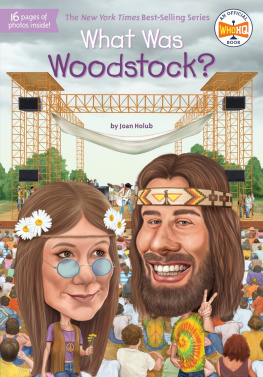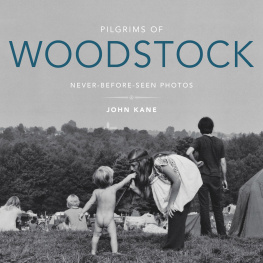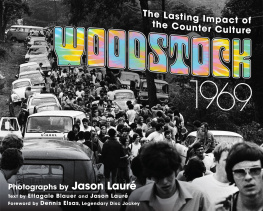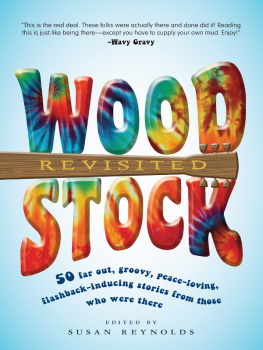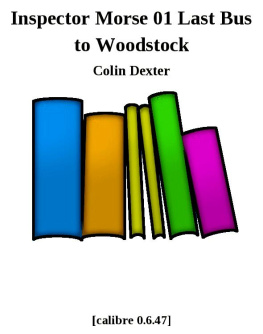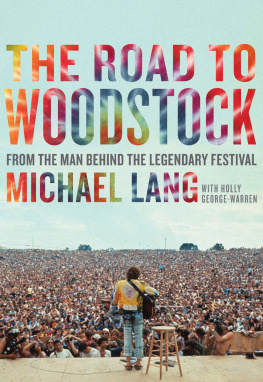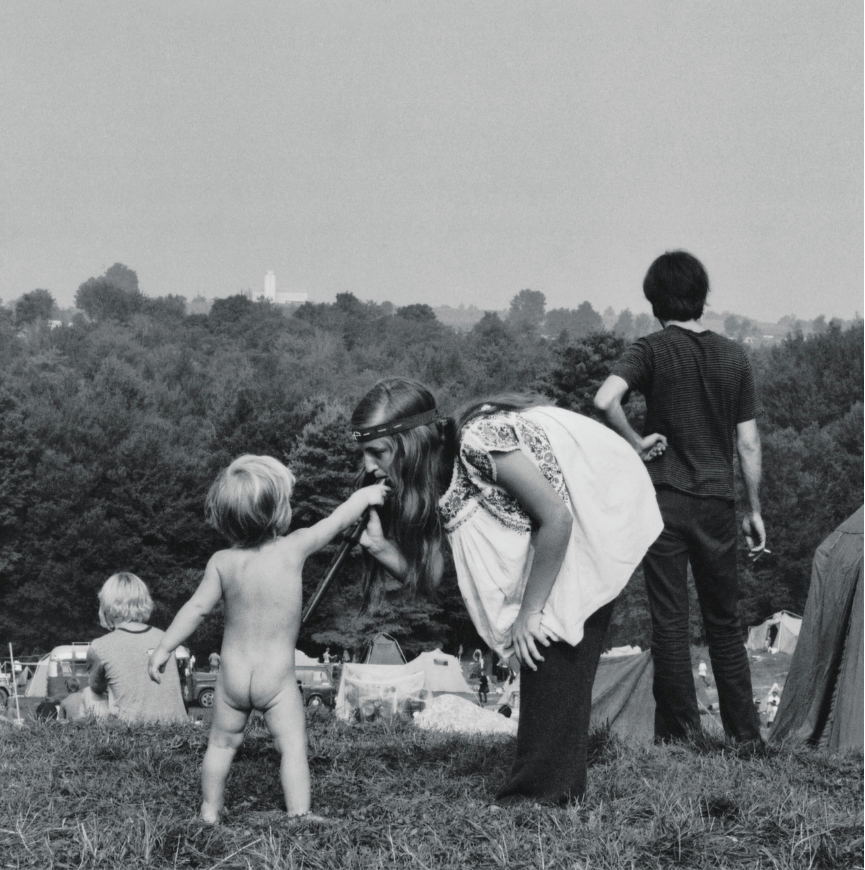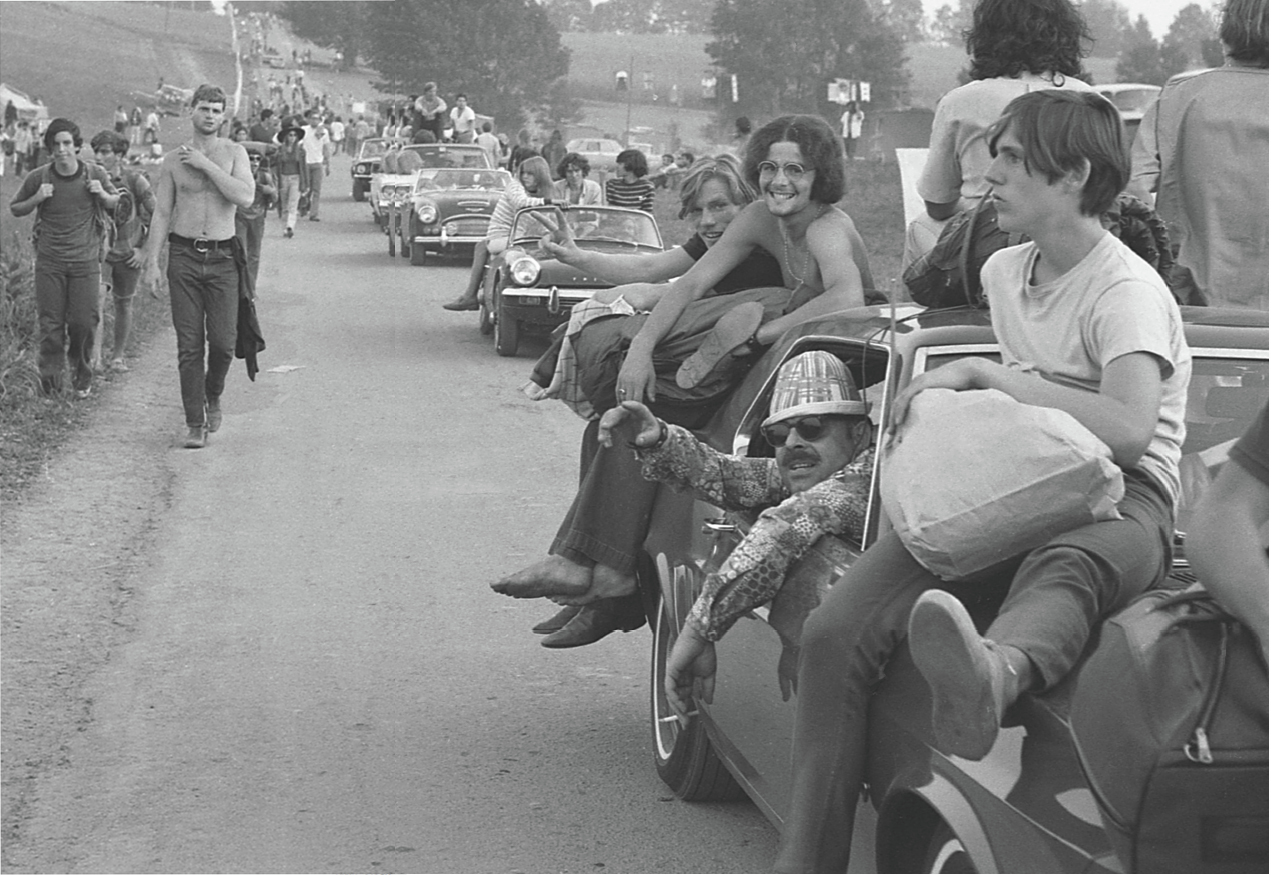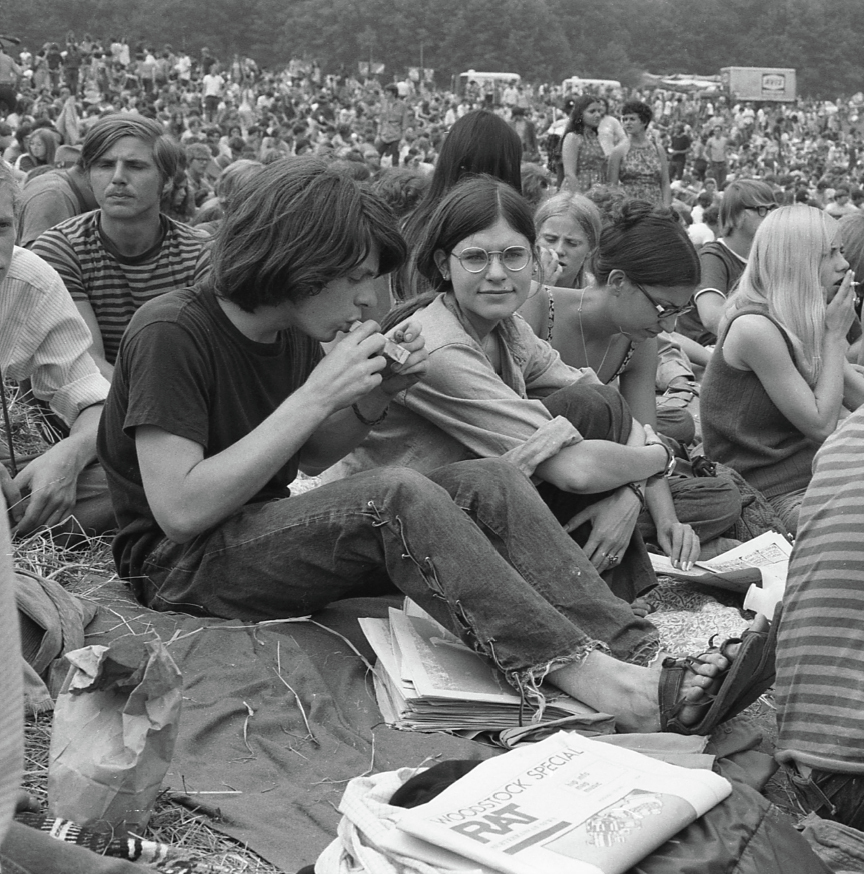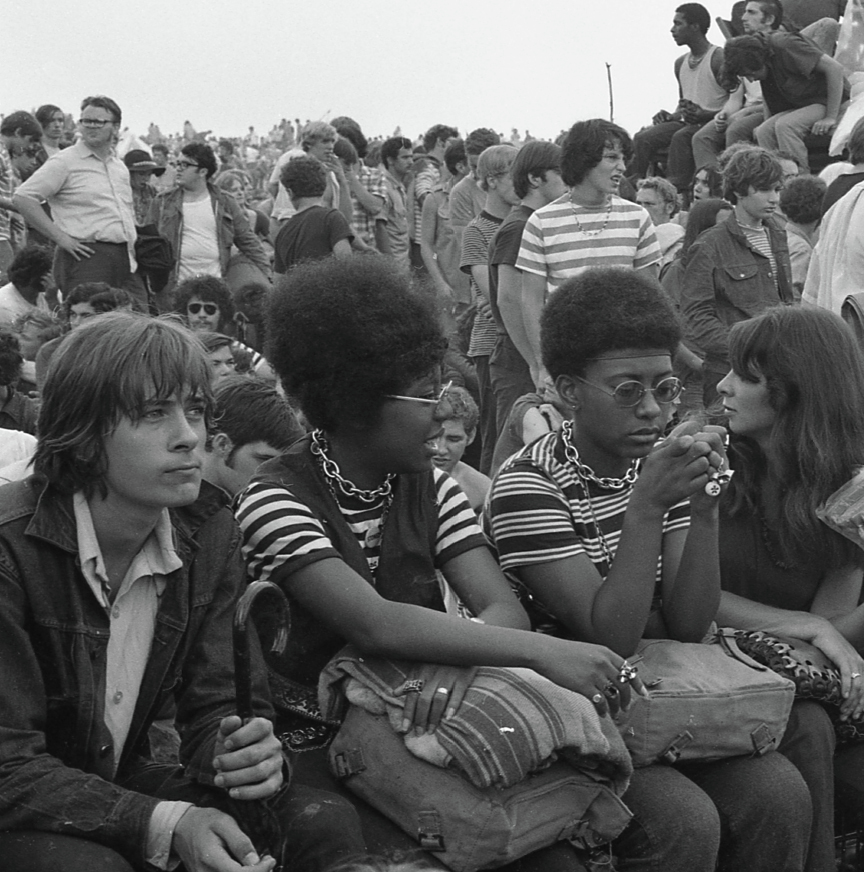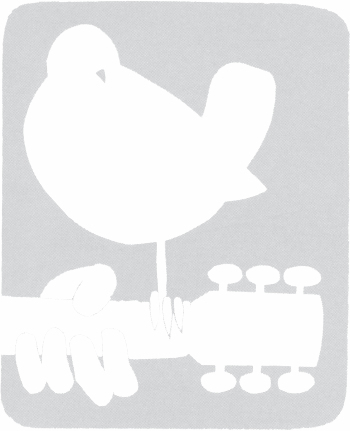
PILGRIMS OF
WOODSTOCK
PILGRIMS OF
WOODSTOCK
NEVER-BEFORE-SEEN PHOTOS
JOHN KANE

This book is a publication of
Red Lightning Books
1320 East 10th Street
Bloomington, Indiana 47405 USA
redlightningbooks.com
2019 by John Kane
All rights reserved
No part of this book may be reproduced or utilized in any form or by any means, electronic or mechanical, including photocopying and recording, or by any information storage and retrieval system, without permission in writing from the publisher.
This book is printed on acid-free paper.
Manufactured in China
ISBN 978-1-68435-082-7 (cloth)
ISBN 978-1-68435-085-8 (ebook)
1 2 3 4 524 23 22 21 20 19
DEDICATION
This book is dedicated to my daughter, Alice. You keep me going, kiddo.
CONTENTS
by Tom Law
FOREWORD
I was honored when John Kane asked me to write this foreword for his new book Pilgrims of Woodstock.
The young people who attended the 1969 Woodstock festival were the reason I accepted the invitation to participate in that legendary event. Along with the Hog Farm commune, I and others left the mountains of Northern New Mexico and traveled east to assist the Woodstock promoters. They asked us to help create the ambiancereferring to it as setting the vibefor the masses of youth they hoped would gather in Bethel. And so we came to create a harmonious and peaceful community. We worked as a team with many volunteers, setting up and building trails, tepees, campsites, food, and medical facilities. Unbeknownst to us prior to our arrival, we were also to be the security force for the festival. We called ourselves the Please Force, and I found myself carrying a walkie-talkie strapped to my side throughout the event. I used yoga breathing exercises to maintain energy and a clear head in what turned out to be long days of constant and varied experiences.
We were there to lead. We were there to demonstrate and teach caring, respect, and love for one another. We were there for the young people whom we empowered to become leaders alongside us. The success and spirit of the Woodstock festival relied on everyone working together and how we treated one another. We were all in it together. We all succeeded.
I often look back on my Woodstock experience as the last feeling of real freedom Ive had the luck and blessing to enjoy. At the time, the media did not portray Woodstock too kindly. What they didnt realize was that in spite of there being more than four hundred thousand young people in attendance, there were no acts of violence or discord. The young people were what the spirit of this festival was about: the harmony and consciousness they demonstrated gathering together as they did. They were the true performers. My hope is that the spirit the Woodstock Nation created will never be forgotten, that the feeling of caring and camaraderie we had at Woodstock fifty years ago will carry forward for generations to come.
Reading Johns book and seeing pictures never seen before will further illustrate the many unique experiences shared by those who attended the Woodstock festival in 1969.
Tom Law
ACKNOWLEDGMENTS
A special thank-you to Allan DiBiase for helping with editing and for his dedicated investment to my vision for this book. I could not have imagined having a better partner on this journey. No words can express my sincere gratitude.
Thanks to Rich Abel for his continued mentoring; to Tom Law for helping keep the spirit of Woodstock alive; to my wife, Jennifer Kane, for her support and sacrifice; to my editor, Ashley Runyon, at Indiana University Press; to everyone who agreed to be interviewed; and to the producers of the Woodstock festival and Max Yasgur, without whom there would be nothing to remember and celebrate.
PILGRIMS OF
WOODSTOCK
INTRODUCTION
While the Woodstock weekend raged on, I was perhaps a mere suggestion somewhere in the cosmos. Born in 1970, I missed Woodstock by a year. I vaguely recall flashes of the Vietnam War soldiers not being welcomed on their return home. I remember images of Nixon, some remnants of Beatlemania, and rock-and-roll radio. I remember on our way to and from the local drive-in that hitchhikers along highways still thumbed to their destinations. My generationGeneration Xfollowed that of the Woodstock baby boomers.
During the 1980s, like many others, I became a latchkey kid, a victim of increasing changes in societal values. By 1989the twentieth anniversary of the seminal eventWoodstock Nation had grown up, raised families, and tuned out a bit. We became part of the MTV generation. And so, I was growing up amid the music-video format. It wasnt until 1989 that I rented Michael Wadleighs acclaimed Woodstock documentary from my local video store. This is when I really became curious about the generation that preceded mine.
One evening, I popped the first of the two VHS cassettes into my VCR. I sat and watched with amazement. The event, although occurring two decades earlier, still felt fresh in some way. The crowd size, the lineup, the hippies! How did it all come to be? How and why did so many show up? I was nineteen years old, and the Woodstock ideals expressed in the film didnt seem plausible to me. Nevertheless, through the clouds of my nave youth, I felt hopeful in some way about my generation.
What I watched has stayed with me, and as Woodstock baby boomers reach their golden years, theres still much to be learned. The influences of Woodstock and what it has meant to a global community are extensive but unmeasured. I believe its legacy can be felt throughout the world, touching a vast audience of race and culture. In some way I suppose I am living proof of this: a career of art, music, and education and then my postgraduate studies on the developing music business of the Woodstock era.
So much has been written already about Woodstock. And with each milestone anniversary, even more. However, I feel there are many questions left unanswered, questions that can only be explored through those who were there. After interviewing more than thirty Woodstock attendees for this book, I learned many things about the Woodstock experience.
Bellaks Woodstock
Next page


